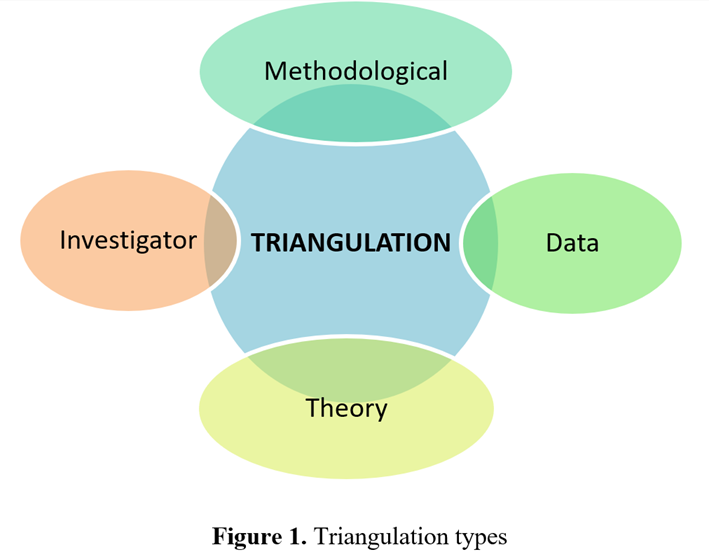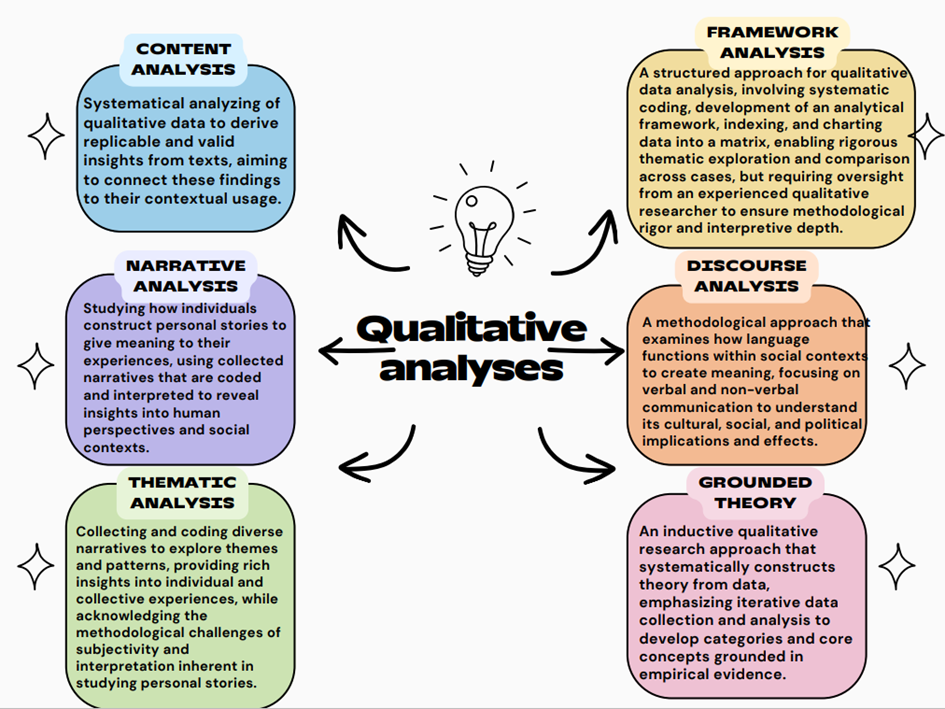Information

Qualitative data is non-numeric information, which is provided in in-depth interviews, diaries, anthropological field notes, answers to open-ended survey questions, audio-visual recordings and imaged. Qualitative analysis is the analysis of the collected language-based data. According to Thorne (2000), the analysis of such data is the most complex and mysterious of all the phases of a qualitative project, and the one that receives the least thoughtful discussion in the literature. A qualitative analysis, regardless of the type chosen, reduces the volume of the text collected, identifies and groups categories together, and seeks some understanding behind them (Bengtsson, 2016, p. 8). It is the understanding of various aspects of social life that are often subjective, such as people’s opinions, attitude, motivations and reasons for doing something.
Qualitative data analysis takes much longer than quantitative data analysis because it required the researcher to read and re-read the free text before drawing on the insights. It provides the answers to the ‘Why’ and ‘How’ questions. It also requires the researcher to bracket himself/herself, and try to view things from another person’s perspective. Although the researcher’s personal beliefs and bias cannot be entirely eliminated, they can and should be minimized, and this can be done by the triangulation of data. Triangulation involves using multiple data sources, theories, methods, or investigators to enhance the validity and reliability of the research, but also to gain a more nuanced and holistic perspective (Figure 1).

Triangulation helps enhance the validity of the research, gives a more vivid picture or a complete understanding of the research problem, and ensures credibility, i.e. the fact that the data reflect reality. However, it has some disadvantages as well, as it is a time-consuming process, which may be costly because it involves working with an interdisciplinary team, and it might happen to obtain contradictory data from different sources.
There are different approaches to the analysis of qualitative data aimed at identifying patterns and trends, and at formulating insights. Their choice depends on numerous factors, such as: the type of data collected, the context in which data was collected, the researcher’s background knowledge on the topic under research, whether the goal is to formulate a theory from the data, or apply the existing theories to the data.
There are six main types of qualitative analysis approaches. They include: Content Analysis, Narrative Analysis, Thematic Analysis, Framework Analysis, Discourse Analysis, and Grounded Theory Analysis.
